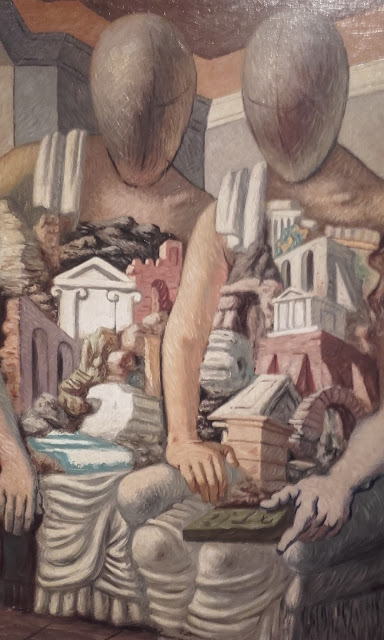Relaxing Into the Feeling of Being Alive
BY LEO BABAUTA
There’s a practice so simple that many people will discount it as not worthy of trying.
They’ll miss out on the transformative power of that very simplicity.
The practice is this: Sit still for a moment, and just feel what it feels like to be alive. Then relax into that feeling.
Yes, I know, sitting still for a moment isn’t something we want to do right now. We got things to do, man! But just try it, for a minute. Sit still and feel what it feels like to be alive, for you, right this moment. There’s never been another moment like this particular one, and never will be again.
Let me repeat that: There’s never been another moment like this particular one, and never will be again.
That means that at this moment, we have the opportunity to fully appreciate the miracle of this moment, and how it came to be from the infinite number of causes that created it from preceding moments. We are alive in this moment because of millions of other people who have supported us, because of everything on this planet, which just happened to be the perfect conditions for creating the person we are right this moment. What a freakin’ miracle!
So tune in, and notice what it feels like to be alive right now:
- What sensations do you notice in your body?
- What is the energy of those sensations? Does the energy change, or move?
- What is the texture of your breath?
- Do you notice pain, discomfort, tenderness, tightness?
- Get curious and explore, investigate, look even closer.
- Take in the totality of your sensory input, all at once, holding it in your awareness.
- Stay with this feeling, instead of moving on. Then stay a little more.
Now that you’ve become curious, investigated, and stayed with your experience … try this:
- Relax into the feeling. That means if there’s any tightness around your experience, just relax that tightness. Relax into your experience. Often we have some kind of aversion to what we’re experiencing, or an urge to get away from it, and I’m suggesting we relax and just be with it, just as it is, not needing it to be different.
- Find gratitude for the feeling of being alive, even if there’s pain, tightness, discomfort. Be grateful for the miracle you are lucky enough to witness right now.
- Find love for everything you hold in your awareness, from everything around you to your own experience, your body and breath. It’s all one thing, and all held in your love.
Before you dismiss any of this, try it. Experience even the sensation of your resistance. And then email me personally (l@zenhabits.net) and tell me what your experience was like. I won’t respond (nor will I send you marketing material), but I’d love to hear about it.
















